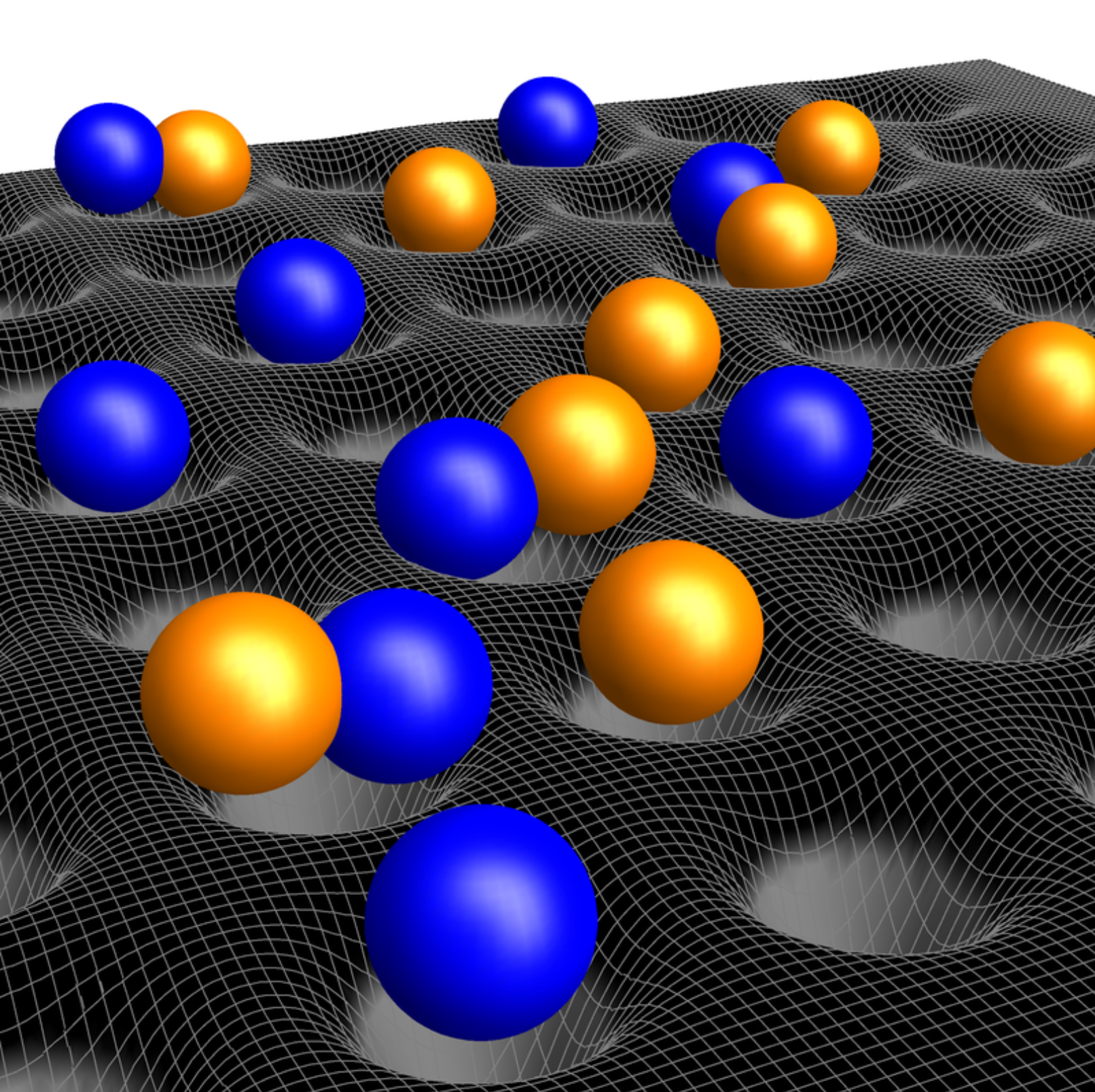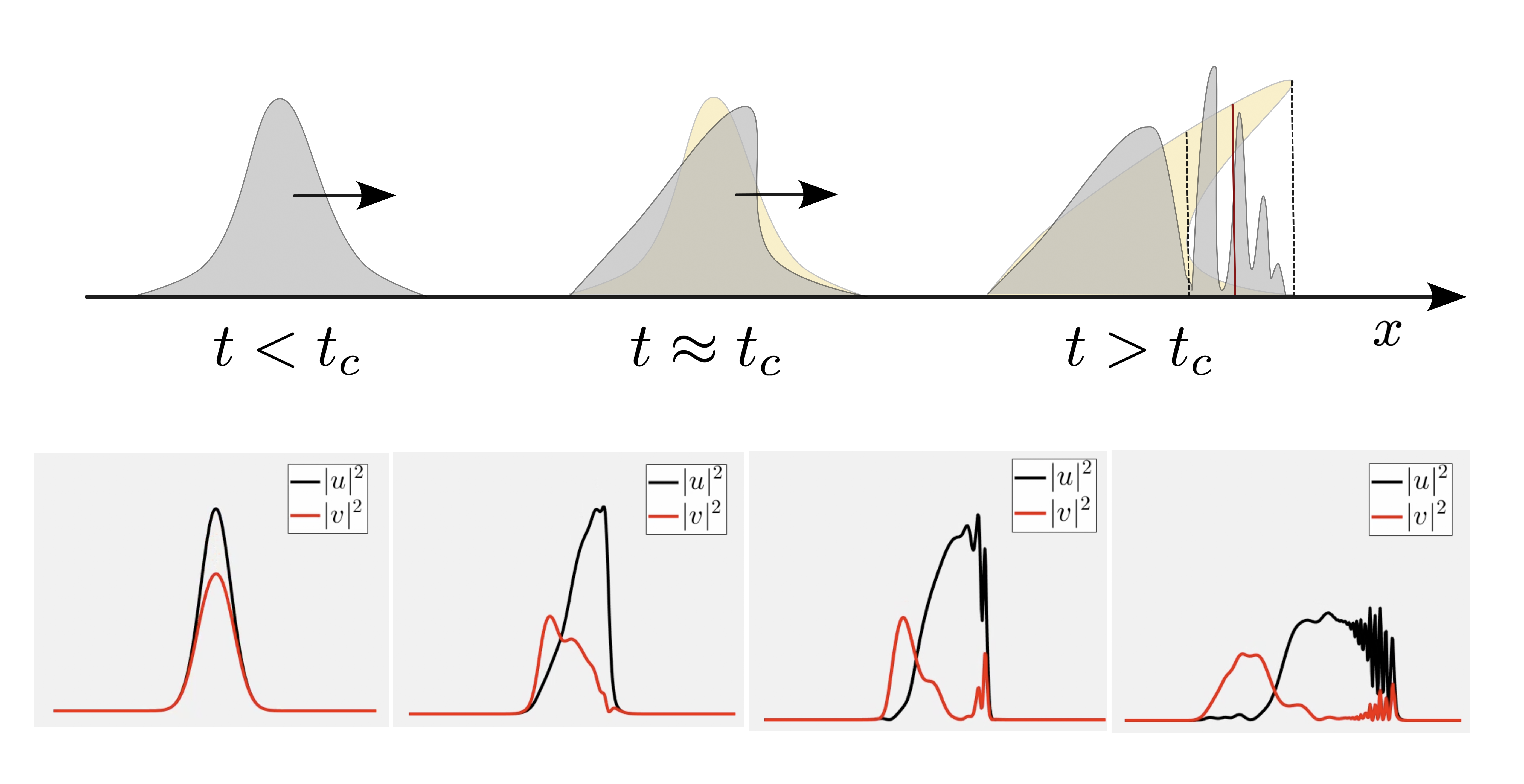Quantum Matter
Quantum Mechanics describes the wonders of Nature in the “micro-world”. The fascinating phenomenology at the atomic scale does not, however, survive its transition to larger, more mundane dimensions. This does not necessarily mean that Quantum Mechanics is only valid for tiny things, but rather, that its magic is blurred by the complexity and messiness of everyday reality, which we call the Classical world. Macroscopic quantum phenomena are an exception to this rule, implying that something extraordinary is preventing the fading of this “quantumness”. Their study constitutes a major field of research as they might help us take some of the Quantum richness to our prosaic Classical realm. Some of these effects can be understood under a guiding and unifying principle, i.e. Symmetry. Some others, more recently discovered, require new tools and their origin seems to be traced back to a different concept, i.e. Topology. Nowadays, there is an intertwining between both types of systems, so their distinction and interplay is rapidly becoming fuzzy, maybe in favour of a — yet to emerge — deeper organising principle that brings them all together.

Quantum Fluids
Quantum fluids are states of matter with the ability to flow (e.g. gases and liquids) whose description and properties are manifestly quantum-mechanical. Most of the modern theory of Quantum Many-Body Physics is based on the study of these systems. Prominent groups of them are condensates and superfluids.

Topological Order
To be continued…
